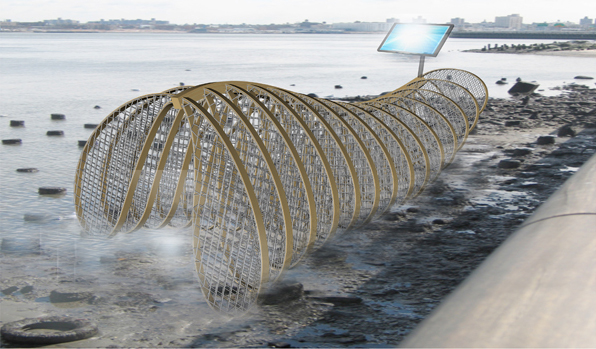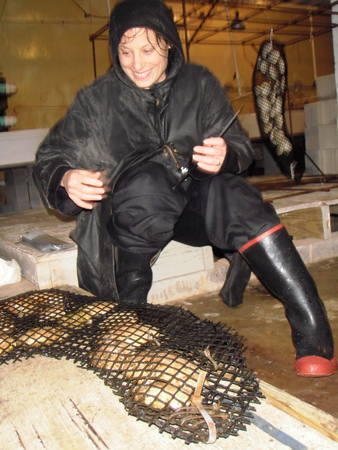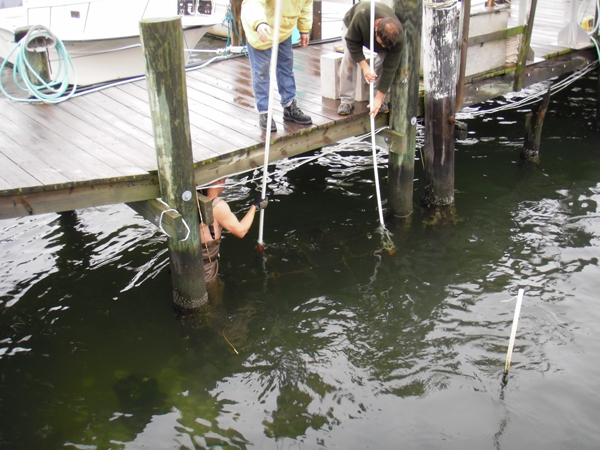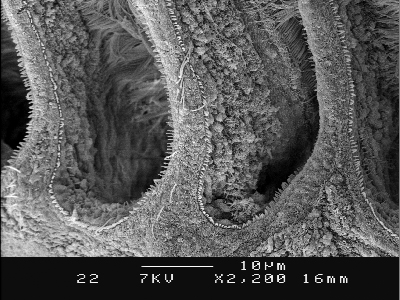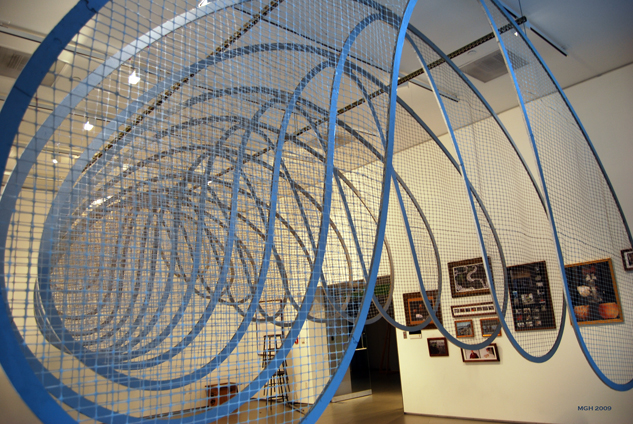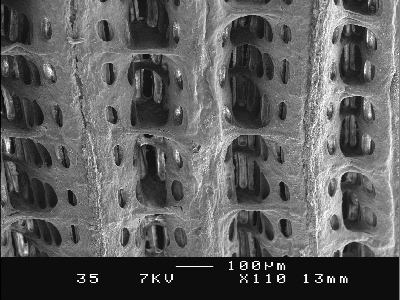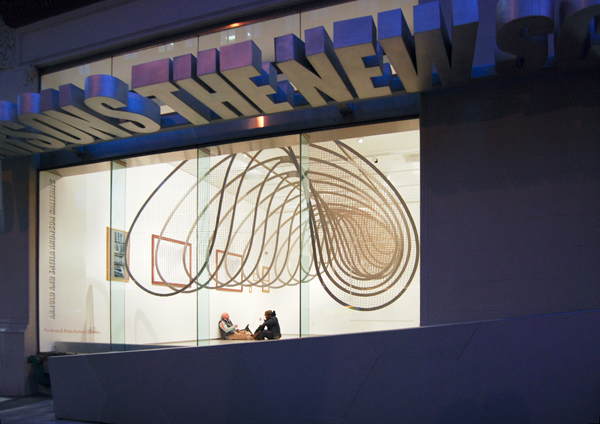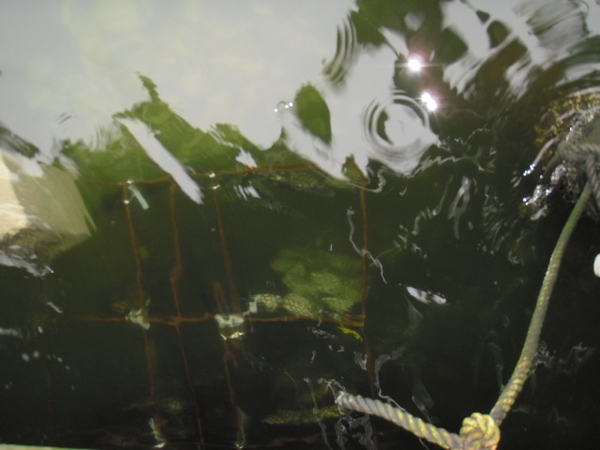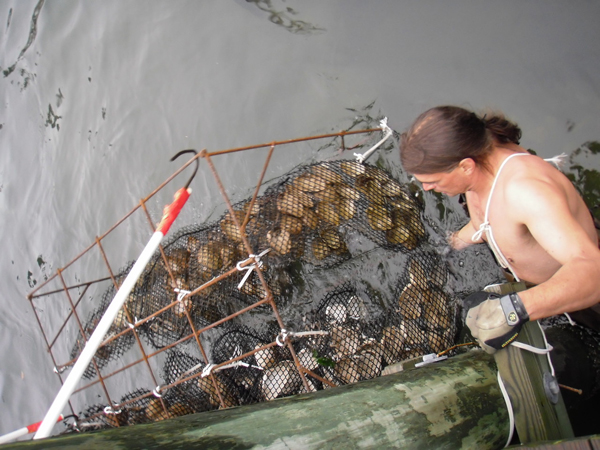Gill Reef (2009) is a submersible sculpture and is one in a series of Geotherapy art works that address the need to restore and repair the aquatic environment.
The form is derived from that of an oyster gill, a design that maximizes water flow over the surface. Once submerged, a mild electric current will induce the accretion of calcium carbonate, an excellent substrate for oyster attachment and growth. In initial tests the electric current boosts the immune system of the oysters making them impervious to pollution and disease.
The sculpture is intended to be made as land and sea based pair. It is a teaching tool when on land and a functional living reef underwater and dive site when submerged. On land visitors will walk a path through the open vault like space within the sculpture, stimulating their imagination to enter the underwater, microscopic environment of the living, working oyster.
Each sculpture will contribute to cleaning the waterways. One oyster can filter up to 50 gallons of water a day. When Henry Hudson first arrived in to Manhattan, there were 350 miles of oyster reefs here which filtered all of the water coming in and out of the harbor in a matter of days, created a natural self repairing beach break and creates habitat for over 200 forms of aquatic life.
Gill Reef like Enchanted Oyster Sweet Spot and Oyster Island 2010 is a performance work; the sculpture is the performer transforming itself from a sculptural skeleton into a living reef. The underwater sculpture is mean to morph and grow over time so that in one hundred years all that remains is healthy reef in a region where there was none.
Materials: wood, mesh, solar panel.
Scanning Electron Microscope Credits: Phd.Peter Benniger, Rozenn Cannuel Facultyof Science, University of Nantes, France.
